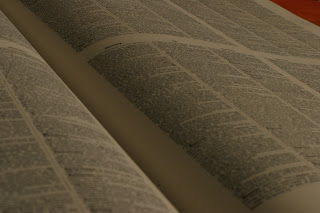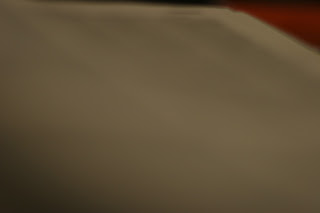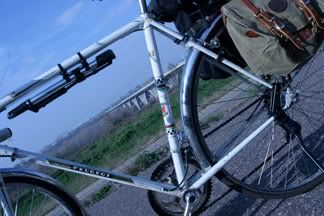Some people think the fastest way to get past a chain link fence is running headlong into it. If you have enough momentum you'll just knock that bastard over. This seems to be my approach to buying things. I see where I want to go and by god if anything thing like reason is going to stop me from getting there.
Eons ago (2004) I bought a Mamiya 645 1000s. And it didn't work.
The good people at National Camera traded my recently purchased camera body straight up for a different one (to explain I bought the body for a wicked price at the tent sale, really I came out good on this) that did work. What I didn't realize at the time was that the lens I had bought also would become the most treasured piece of camera equipment I have ever bought. I like it more than my polarizing filters even (oh my!).
The 80mm 1.9 is the fastest medium format lens ever made. It takes damn crisp pictures and will shoot night as day (haha he made a funny).
The trouble I was having with it was the cost of processing though. At about 20 bucks a roll to develop I was going broke trying to use this awesome piece of machinery. Whats a guy to do.
My brother revealed the solution to me: adaptor ring. Last year we picked up a cheap adaptor ring of Amazon for the 645 to a canon eos. The d20 is not a full frame sensor and the switch between mediums makes the 80mm lens act more like 110 or something, but it still has rich color and amazing speed.
But wait, there is more.
This year I picked up two more lenses. One is very unpopular: the 45mm 2.8. The interwebs will tell you about how the 45mm has excellent optics as far as the middle of the lens but sacrifices crispness on the edge of the frame (talking about the c lens(the one I got)). But with the mad cropping factor of my setup the fuzzy outer edges are out of the equation. Since the lens is unpopular it is also cheap.
The other is the 35mm 3.5. also a great lens makes group photos easier for example. I wish it had a wider aperture but I like having the wider view.
(she is sitting on my lap)
After using a Tamron 28-80 and a 70-200, the prime lenses take getting used to. I have to move myself more to get the shots I want. But I think the obsession with zoom has been pressed out of me. If a Mamiya zoom lens dropped in my lap I'd use the crap out of it I'm sure, but I'm not rushing out to get one either. The color I got from the Tamron lenses always seemed blah, when I was shooting film or when I switched to digital. Something else that drove me crazy was the motors for the autofocus sounded like an immersion blender after the first year. Don't get me wrong, I do not regret buying those two lenses. But there is a difference in quality--maybe thats the difference between $200 new camera lenses for a Canon and $200 used lenses made for a Mamiya.
I think I knocked over a fence, but it took buying two cameras and some additional bits to make it happen.



















